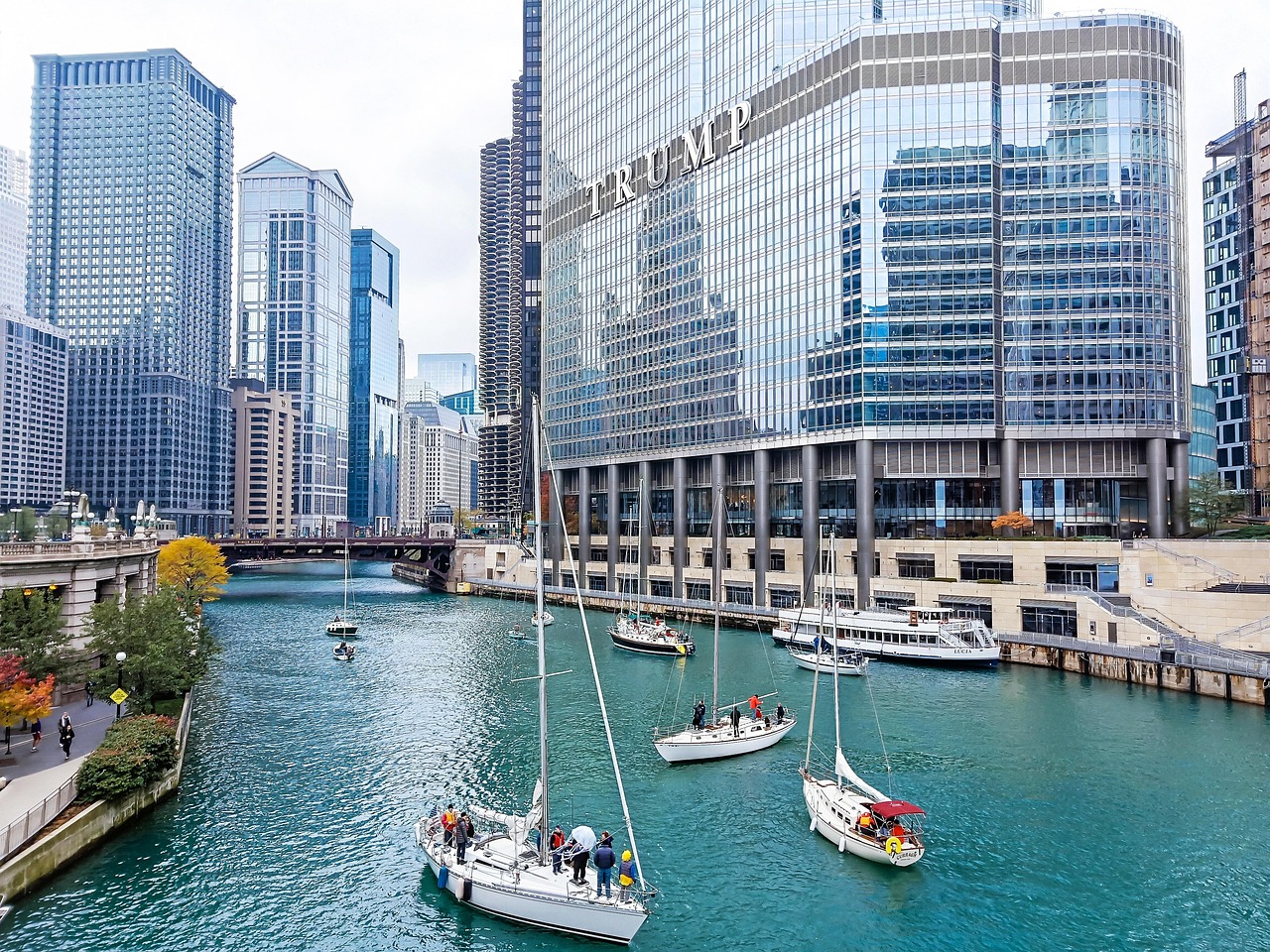Trump’s New Tariffs: Impact on Global Trade and Economy Analysis

Trump’s Tariffs Promise Economic Revival
President Donald Trump’s announcement of sweeping 25 percent tariffs on imports from nearly every territory, including uninhabited islands, was pitched as a bold move to revitalize the U. S. economy. The intention was clear: protect American industries, reduce trade deficits, and boost domestic manufacturing. However, the real outcomes have been far more complicated and less optimistic than the initial promise. Since the announcement over three months ago, tariff rates have been a volatile mess, shifting frequently and affecting global markets unpredictably.
Tariff Rates Fluctuated But Stayed High
Contrary to a stable policy rollout, tariff rates on imports, especially from China, have been a rollercoaster. Initially set high, some were later ratcheted down partially after the U. S. stock market experienced significant drops, signaling investor unease. Yet, despite these adjustments, tariffs on most U. S. imports have remained at or above 10 percent. This inconsistency undermines the clarity and predictability businesses need to plan supply chains and pricing strategies effectively. The tariffs have also been layered with product-specific duties targeting key sectors such as automobiles and copper, complicating the trade landscape further.
Consumers Face Inevitable Cost Increases
Economic experts and NPR reporting have repeatedly warned that American consumers will ultimately bear the brunt of these tariffs. The logic is straightforward: importers pay tariffs upfront, and these costs are passed down to retailers and finally to consumers. While the exact timing of price hikes remains uncertain, evidence from previous tariff episodes shows that price inflation in consumer goods follows quickly. For example, during the 2018 steel tariffs, prices for household appliances rose by 3.5 percent within six months according to the U. S. Bureau of Labor Statistics. This suggests that the current tariffs will translate into tangible increases in everyday expenses for Americans, contradicting the administration’s promise of economic relief.
Tariffs’ Impact on Stock Market and Economy
The partial rollback of tariffs came after a sharp stock market downturn, illustrating the delicate balance between protectionist policies and investor confidence. The S&P 500 plunged nearly 10 percent following the initial tariff announcement, reflecting fears of a global trade war and disrupted supply chains. This market reaction forced the administration to reconsider the tariff strategy, but the adjustments have not resolved the fundamental tension. The tariffs continue to inject uncertainty into the economy, discouraging investment and complicating international trade relations. Real GDP growth projections for 2025 have been downgraded by at least 0.3 percentage points in some forecasts due to these trade tensions.
Tariffs vs Economic Reality Tradeoff
The administration’s aggressive tariff approach was designed to shield American jobs and industries from foreign competition. However, the real-world outcome is a complex tradeoff where economic growth is slowed, consumers pay higher prices, and businesses face unpredictability. The promise of a tariff-driven economic revival clashes with the empirical evidence of inflationary pressures and market instability. Without clear, consistent policies and mechanisms to mitigate consumer costs, tariffs risk becoming a political gesture with tangible economic downsides. President Trump’s administration must reconcile the initial tariff ambitions with the harsh realities faced by American households and businesses today.
Entdecken Sie die besten Weinverkostungen in Wien auf weinverkostung wien heute.
In der Stadt finden sich zahlreiche Weinguter, die eine lange Geschichte haben.
Die Weinverkostungen in Wien sind perfekt fur Kenner und Neulinge. Dabei lernen Gaste die Besonderheiten der regionalen Rebsorten kennen.
#### **2. Die besten Orte fur Weinverkostungen**
In Wien gibt es zahlreiche Lokale und Weinguter, die Verkostungen anbieten. Auch moderne Weinkeller in der Innenstadt bieten exklusive Erlebnisse.
Einige Winzer veranstalten Fuhrungen durch ihre Kellereien. Zusatzlich konnen Gaste direkt beim Erzeuger kosten.
#### **3. Wiener Weinsorten und ihre Besonderheiten**
Wiener Weine sind vor allem fur ihre Vielfalt bekannt. Rote Weine wie der Blaue Zweigelt gewinnen immer mehr an Beliebtheit.
Die Bodenbeschaffenheit und das Klima pragen den Geschmack. Die mineralischen Noten der Wiener Weine sind besonders ausgepragt.
#### **4. Tipps fur eine gelungene Weinverkostung**
Eine gute Vorbereitung macht die Verkostung noch angenehmer. Wasser und Brot helfen, den Gaumen zwischen verschiedenen Weinen zu neutralisieren.
Gruppenverkostungen bringen zusatzlichen Spa?. Ein Weinjournal kann helfen, personliche Favoriten festzuhalten.
—
### **Spin-Template fur den Artikel**
#### **1. Einfuhrung in die Weinverkostung in Wien**
Wien ist nicht nur fur seine historischen Sehenswurdigkeiten bekannt, sondern auch fur seine lebendige Weinkultur.
#### **2. Die besten Orte fur Weinverkostungen**
Das bekannte Heurigenviertel in Grinzing ladt zu gemutlichen Verkostungen ein.
#### **3. Wiener Weinsorten und ihre Besonderheiten**
Die warmen Sommer sorgen fur vollmundige Aromen.
#### **4. Tipps fur eine gelungene Weinverkostung**
Viele Veranstalter bieten thematische Verkostungen an.